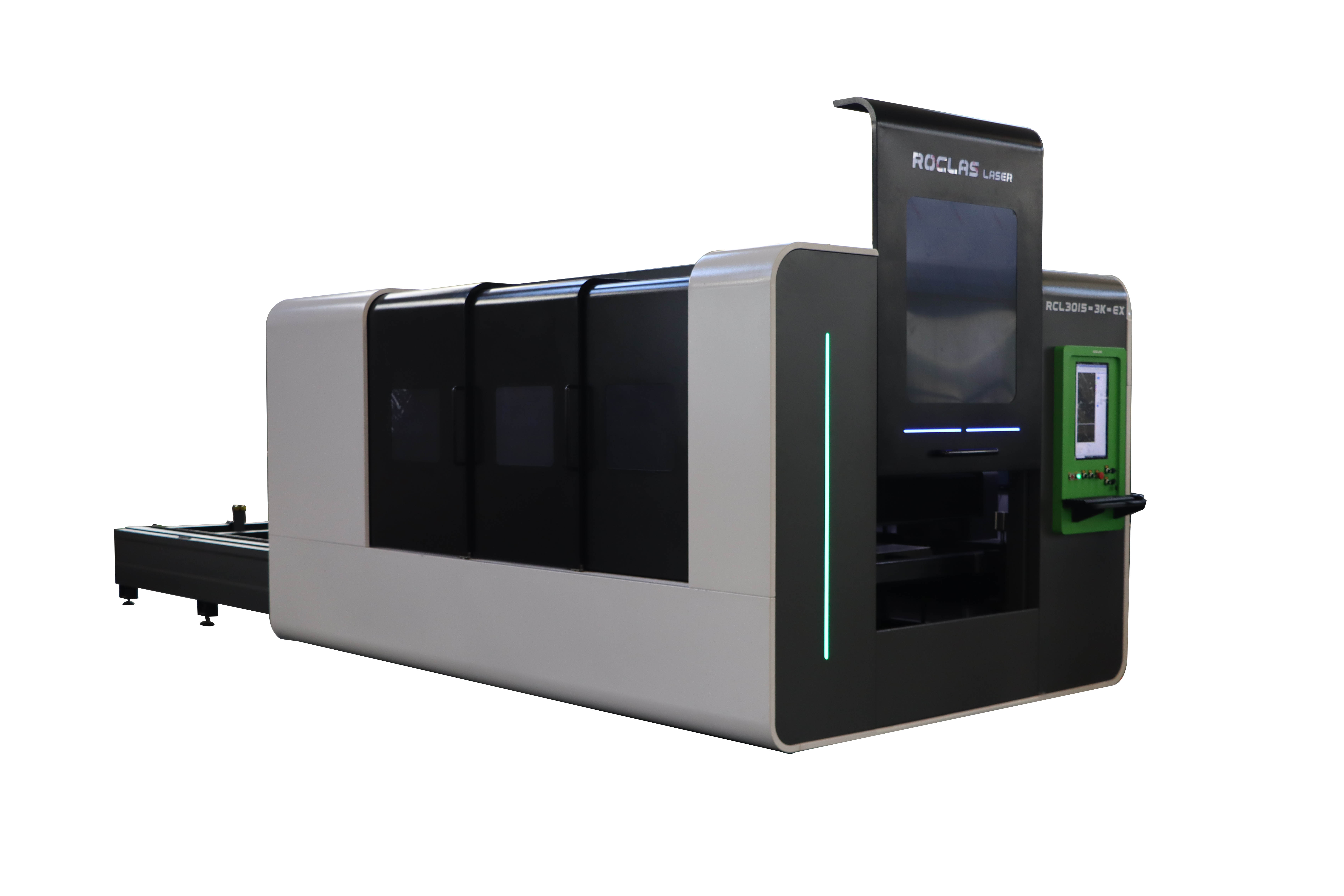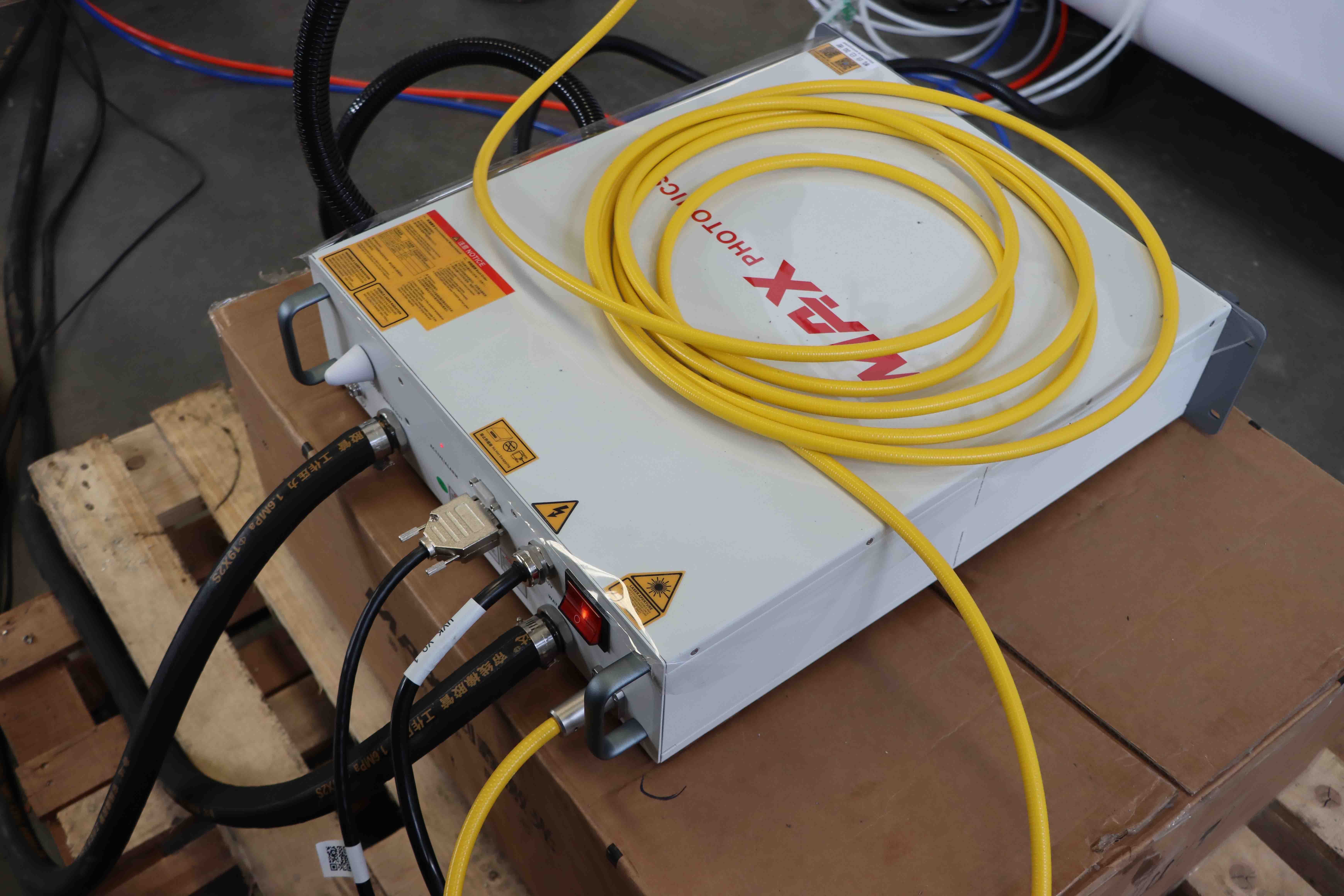Introducción
La aparición de la tecnología láser de fibra óptica ha cambiado enormemente la industria manufacturera. Los láseres de fibra óptica en venta proporcionan una solución de vanguardia para las empresas que buscan operaciones precisas, eficientes y multifuncionales. Este artículo explora en profundidad la complejidad, aplicación, ventajas y factores a tener en cuenta al comprar láseres de fibra óptica.

Comprender la tecnología de láser de fibra
Los láseres de fibra óptica utilizan fuentes láser de estado sólido para producir haces láser de alta intensidad a través de fibras ópticas dopados con elementos de tierras raras, como erbio, iterbio neodimio. En comparación con los láseres de CO2 tradicionales, esta tecnología tiene varias ventajas, incluyendo una mayor eficiencia energética, menores costos de mantenimiento y una excelente calidad de haz.

Las principales características de los láseres de fibra óptica
1. Alta precisión y precisión: los láseres de fibra producen un haz enfocado que permite cortes y grabados complejos con un ancho mínimo de cerfa.
2. velocidad y eficiencia: estas máquinas funcionan a alta velocidad, lo que reduce considerablemente el tiempo de producción.
3. versatilidad: capaz de cortar y tallar diversos materiales, incluidos metales, plásticos y materiales compuestos.
4. bajo mantenimiento: en comparación con los láseres de dióxido de carbono, los láseres de fibra óptica tienen menos componentes móviles, no necesitan volver a inflar y tienen menos necesidades de mantenimiento.
5. Energy Efficiency: Fiber lasers consume less power, making them a more sustainable option.
Applications of Fiber Laser Machines
Fiber laser machines are employed across various industries due to their versatility and precision. Some common applications include:
1. Metal Fabrication: Cutting and engraving metals such as stainless steel, aluminum, and copper.
2. Automotive Industry: Manufacturing precision parts and components.
3. Electronics: Producing intricate components for electronic devices.
4. Medical Devices: Creating precise and sterile components for medical equipment.
5. Jewelry Making: Engraving and cutting intricate designs on precious metals.
Benefits of Investing in a Fiber Laser Machine
1. Enhanced Productivity: The speed and efficiency of fiber lasers translate to higher output and faster turnaround times.
2. Cost-Effectiveness: Lower energy consumption and maintenance costs contribute to long-term savings.
3. Superior Quality: The precision of fiber lasers ensures high-quality finishes, reducing the need for post-processing.
4. Flexibility: Ability to handle a wide range of materials and applications makes fiber lasers a versatile investment.
5. Sustainability: Lower energy consumption and reduced waste contribute to a more environmentally friendly operation.
Factors to Consider When Purchasing a Fiber Laser Machine
1. Power and Wattage: The power of the laser determines the thickness and type of materials it can handle. Higher wattage machines are suitable for thicker materials.
2. Work Area Size: Consider the size of the materials you will be working with to ensure the machine's work area meets your needs.
3. Software Compatibility: Ensure the machine is compatible with the software you plan to use for design and control.
4. Cooling System: Fiber lasers generate heat, so an efficient cooling system is essential to maintain performance and longevity.
5. Brand and Support: Choose a reputable brand with reliable customer support and after-sales service.
6. Budget: Determine your budget and compare different models to find the best value for your investment.
Maintenance and Safety Tips
1. Regular Cleaning: Keep the machine and its components clean to prevent dust and debris from affecting performance.
2. Routine Inspections: Regularly inspect the machine for any signs of wear or damage.
3. Proper Ventilation: Ensure the workspace is well-ventilated to dissipate heat and fumes.
4. Safety Gear: Operators should wear appropriate safety gear, including protective eyewear and gloves.
5. Training: Ensure operators are well-trained in using the machine and understanding safety protocols.
Future Trends in Fiber Laser Technology
The fiber laser industry continues to evolve, with advancements aimed at enhancing performance, reducing costs, and expanding applications. Some emerging trends include:
1. Higher Power Lasers: Development of higher wattage lasers for cutting thicker materials at faster speeds.
2. Automation Integration: Increasing integration with automated systems for seamless production processes.
3. Compact Designs: Development of more compact and portable fiber laser machines for smaller workspaces.
4. Enhanced Software: Improved software for better design capabilities and machine control.
5. Sustainability Initiatives: Continued focus on reducing energy consumption and environmental impact.
Conclusion
Investing in a fiber laser machine for sale is a strategic move for businesses looking to enhance their production capabilities, improve quality, and reduce costs. With their precision, speed, and versatility, fiber laser machines are revolutionizing industries and setting new standards in manufacturing and fabrication. By considering the factors outlined in this article, businesses can make informed decisions and select the right fiber laser machine to meet their specific needs and drive their success in a competitive market.
Ya sea que necesite sugerencias generales o apoyo específico, estaremos encantados de ayudarle.